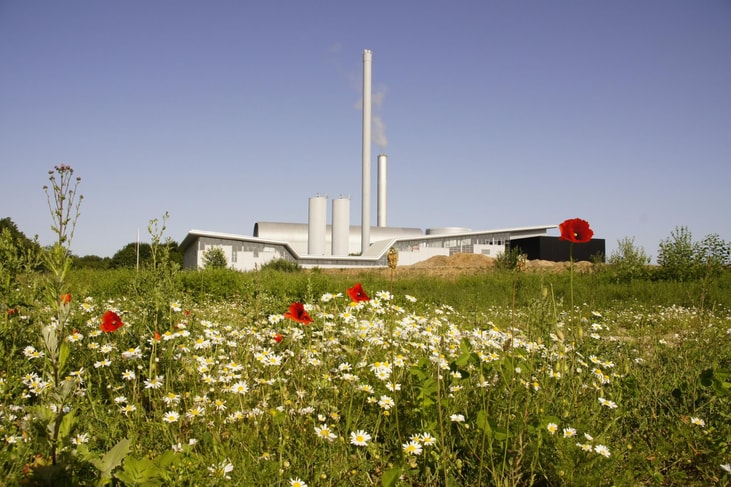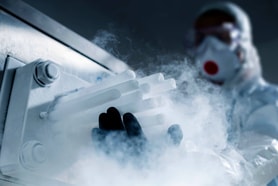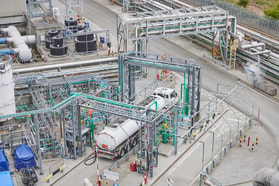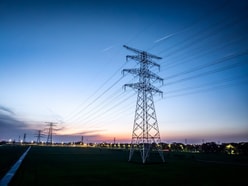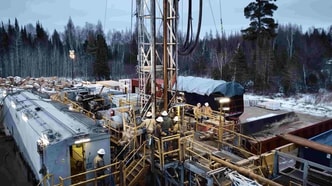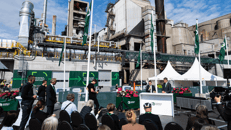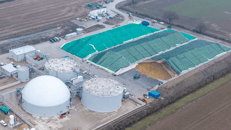Carbon Clean partners with Danish heating companies for CO2 capture
Leading Denmark district heating companies Sønderborg Varme and Thisted Varmeforsyning are teaming up with point-source carbon capture business Carbon Clean, headquartered in the UK, to seek a subsidy from the Danish Energy Agency’s carbon capture and storage (CCS) fund.
The collaboration agreement will allow Carbon Clean to explore opportunities to deploy its carbon capture technology in Denmark, which has emerged as a leader in the decarbonisation of heavy industry in Europe, supported by policy initiatives.
Carbon Clean will focus on deploying its CycloneCC carbon capture technology at three energy-from-waste sites, capturing surplus heat with the support of power station equipment business Scandinavian Energy Contractors.
This project is expected to capture over 100,000 tonnes of carbon dioxide annually, contributing to Denmark’s goal of reducing CO2 emissions by 2.3 million tonnes per year by 2030.
... to continue reading you must be subscribed

